
Salò, or the 120 Days of Sodom, billed on-screen as Pasolini's 120 Days of Sodom on English-language prints and commonly referred to as simply Salò, is a 1975 political drama art horror film directed and co-written by Pier Paolo Pasolini. The film is a loose adaptation of the 1785 novel The 120 Days of Sodom by Marquis de Sade, updating the story's setting to the World War II era. It was Pasolini's final film, released three weeks after his murder.

Bernardo BertolucciOMRI was an Italian film director and screenwriter with a career that spanned 50 years. Considered one of the greatest directors in Italian cinema, Bertolucci's work achieved international acclaim. With The Last Emperor (1987) he became the first Italian filmmaker to win the Academy Award for Best Director, and he received many other accolades including a BAFTA Award, a César Award, two Golden Globes, a Golden Lion in 2007, and an Honorary Palme d'Or at Cannes in 2011.

The Gospel According to St. Matthew is a 1964 epic biblical drama film in the Italian neorealist style, written and directed by Pier Paolo Pasolini. It is a cinematic rendition of the story of Jesus according to the Gospel of Matthew, from the Nativity through the Resurrection.

Pier Paolo Pasolini was an Italian poet, film director, writer, screenwriter, actor and playwright. He is considered one of the defining public intellectuals in 20th-century Italian history, influential both as an artist and a political figure. He is known for directing the movies from Trilogy of Life.

Giovannino Oliviero Giuseppe Guareschi was an Italian journalist, cartoonist, and humorist whose best known creation is the priest Don Camillo.

Laura Betti was an Italian actress known particularly for her work with directors Federico Fellini, Pier Paolo Pasolini and Bernardo Bertolucci. She had a long friendship with Pasolini and made a documentary about him in 2001.

Attilio Bertolucci was an Italian poet and writer. He was the father of film directors Bernardo and Giuseppe Bertolucci.
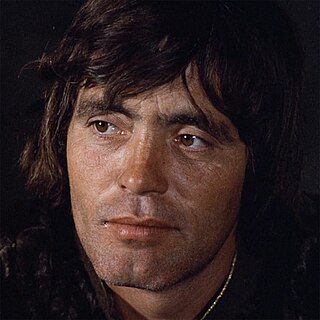
Franco Citti was an Italian actor, best known as one of the close collaborators of director Pier Paolo Pasolini. He came to fame for playing the title role in Pasolini's film Accattone, which brought him a BAFTA Award nomination for Best Foreign Actor. He subsequently starred in six of Pasolini's films, as well as 60 other film and television roles. His brother was the director and screenwriter Sergio Citti.

Massimo Girotti was an Italian film actor whose career spanned seven decades.

Giovanni "Ninetto" Davoli is an Italian actor who became known through his roles in several of Pier Paolo Pasolini's films.
The Nastro d'Argento for Best Director is a film award bestowed annually as part of the Nastro d'Argento awards since 1946, organized by the Italian National Association of Film Journalists, the national association of Italian film critics.
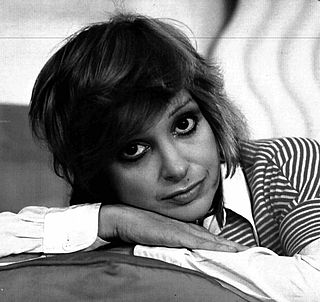
Adriana Asti is an Italian stage, film, and voice actress.
European art cinema is a branch of cinema that was popular in the latter half of the 20th century. It is based on a rejection of the tenets and techniques of classical Hollywood cinema.
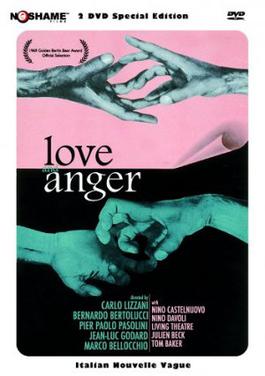
Amore e rabbia(Love and Anger) is a 1969 Italian-French anthology film that includes five films directed by five Italian directors and one French director. It premiered at the 19th Berlin International Film Festival in 1969.

Osvaldo Desideri was an Italian art director, production designer, and set decorator. He won an Academy Award in the category Best Art Direction for the film The Last Emperor.
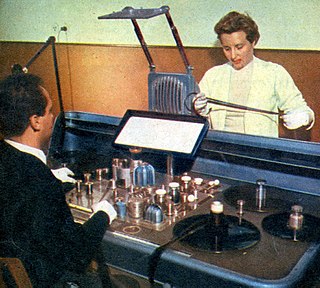
Nino Baragli was an Italian film editor with more than 200 film credits. Among his films in English, The Good, the Bad and the Ugly (1966) and Once Upon a Time in the West (1968), both directed by Sergio Leone, are perhaps the best known.
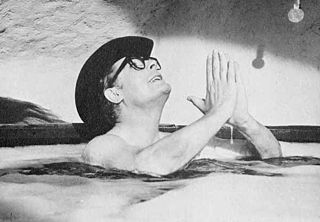
The list of the 100 Italian films to be saved was created with the aim to report "100 films that have changed the collective memory of the country between 1942 and 1978". Film preservation, or film restoration, describes a series of ongoing efforts among film historians, archivists, museums, cinematheques, and non-profit organizations to rescue decaying film stock and preserve the images they contain. In the widest sense, preservation assures that a movie will continue to exist in as close to its original form as possible.
Francesco Leonetti was an Italian poet, novelist, art critic, teacher and political activist.
La macchinazione is a 2016 Italian biographical drama film directed by David Grieco, starring Massimo Ranieri and based on the last hours of Pier Paolo Pasolini's life before his murder.















